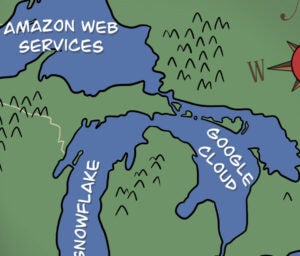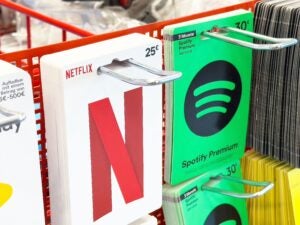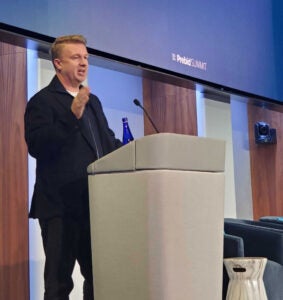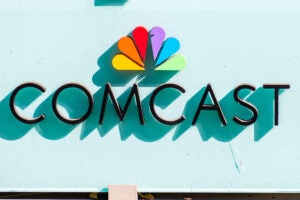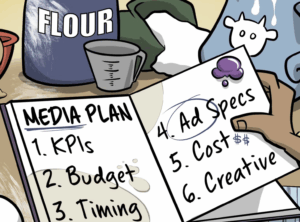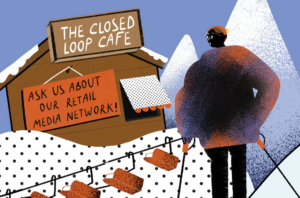Facebook is ramping up its publisher-centric strategy by testing a self-serve product powering programmatic direct deals called Audience Direct.
In its first iteration, Audience Direct helps publishers sell their video inventory, giving them more control over how they structure direct deals and, eventually, how they guarantee delivery against them.
“This enables them to create direct deals at the terms they want and negotiate around price, volume, etc., then manage this directly with their advertisers,” said Brian Boland, Facebook’s VP of publisher solutions. The release of Audience Direct also marks the first time Facebook is helping pubs manage their direct-sold business.
Beta testers include A+E Networks, Hearst, ESPN and Scripps Networks Interactive.
Because it’s still early days, Facebook hasn’t yet figured out the full financial terms around Audience Direct.
But, Boland added, “We do expect this will be something we will charge for and we’ll work with publishers over the course of the beta to understand what the right model is.”
Also, because Audience Direct is self-serve, publishers don’t have to work through Facebook as an intermediary, which makes it more of a software tool for automating and optimizing direct deals, not an ad network.
While Google has been structuring direct deals in video for a while (and rapidly increased the volume of programmatic direct deals it supports based on an audience guarantee), Facebook claims its demographic data can improve the accuracy of publishers’ audience forecasts and improve on-target delivery.
These capabilities remedy one of the big issues setting up direct deals: It’s really difficult to forecast demand and estimate fill rates, because direct deals don’t always amass enough reach.
Forecasting is even more challenging since video ads often appear across screens, in places like connected TV or mobile – environments that don’t rely on cookie-based tracking, but where measuring total audience remains a work in progress.
But because Facebook knows who is viewing a video, it claims it is able to draw more accurate conclusions for advertisers, backed with metrics TV people care about, such as target rating points.
AdExchanger Daily
Get our editors’ roundup delivered to your inbox every weekday.
Daily Roundup
“This beta will really be focused on nailing every scenario of video supply that can be targeted against age and gender, cross-screen, and delivered accurately,” Boland said.
Jason Pieroni, who works in ad strategy and solutions for Hearst, says Audience Direct is similar to existing automated guaranteed and programmatic direct solutions.
However, he said, “this offering has superior audience data add-ons that we can offer, which we believe will command a higher unit pricing, comparatively speaking.”
Hearst, whose portfolio includes everything from local TV to digital video, mobile and OTT, sees an opportunity to target ads more effectively to a verified “omnichannel” audience via Facebook.
The Audience Direct beta is relegated to Hearst Television’s mobile and fixed web video inventory for now, Pieroni said, but Hearst hopes to add more in-app and OTT formats once Facebook turns the switch on.
“In terms of buyer workflow, we have transparency on how much our buyer’s desired audience target overlaps with our available media,” he said. “With that forecast, we can push an accurate proposal to the buyer interface of Audience Direct. And from there, a buyer can accept the proposal, agree to the deal term and we can traffic tags all from within the same console.”





